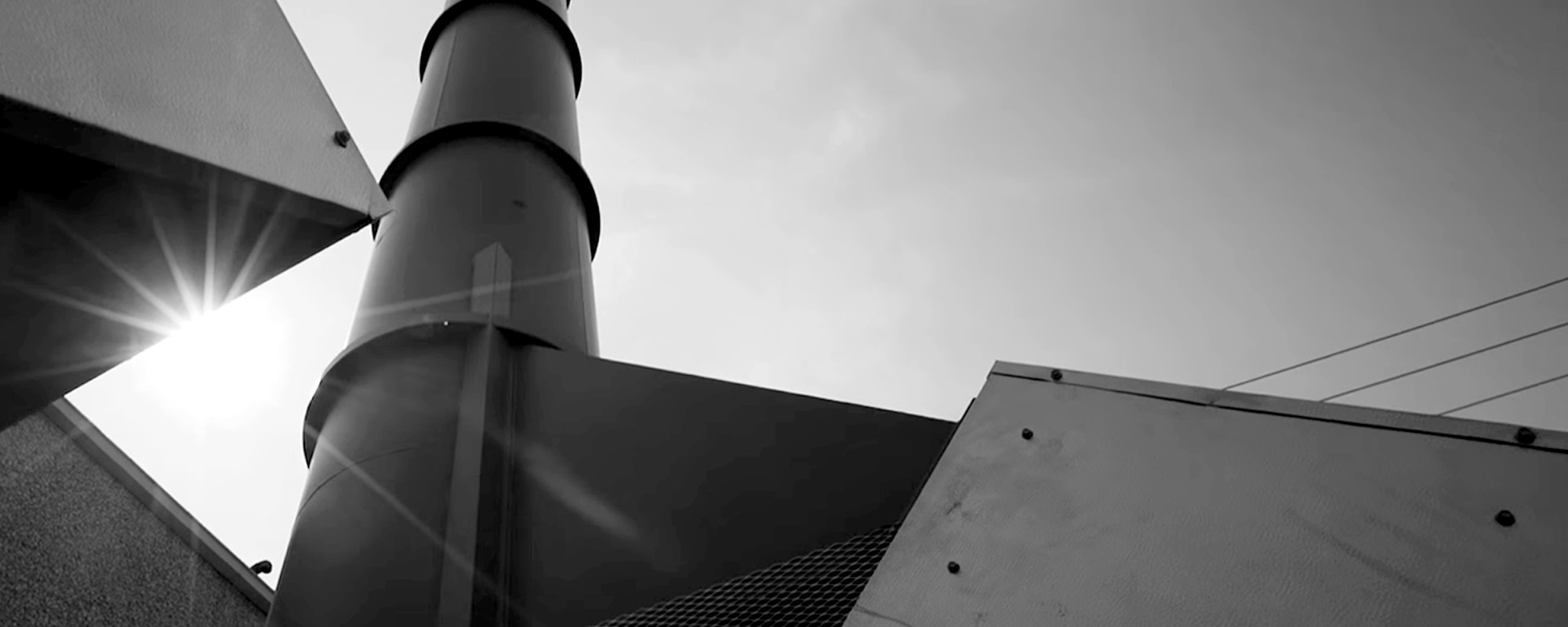RTOs vs Recuperative Thermal Oxidation
Regenerative Thermal Oxidizers (RTOs) are widely accepted air pollution control technologies that are appropriate for applications with high volume, low VOC air streams. Alternatively, recuperative thermal oxidizers are innovative solutions that accrue a low capital cost due to the incorporation of a heat exchanger within the system.
Considering the integration of air pollution control equipment as an essential component of an operation (rather than as auxiliary equipment), is key in determining which system is most appropriate for the application at hand. For more information, view our infographic on the differences between Regenerative and Recuperative Thermal Oxidizers.
Regenerative Thermal Oxidizer (RTO) vs. Recuperative Thermal Oxidizer (TO-R)
| Regenerative Thermal Oxidizer | Recuperative Thermal Oxidizer | |
|---|---|---|
| Initial Capital Cost | Similar Cost for same size systems. Start-up may take longer because of complexity of system. | Similar Cost for same size systems |
| Nominal Thermal Efficiency | Around 95% | Between 50 – 80% |
| Reliability: Destruction Efficiency | Maintaining destruction efficiencies above 99% is difficult because of the constant reverse flow in the process and “puff” of untreated air. | Maintains continuous steady state operating conditions for nearly indefinite periods. 99%+ destruction efficiency. |
| Reliability: On – Stream Time | Higher maintenance due to more moving parts and potential fouling of media. When media is fouled, a bake-out may solve the problem, but sometimes the problem warrants complete replacement of ceramic media which leads to extended downtime. | Lower maintenance due to fewer moving parts. Tubes may foul but maintenance is accomplished by opening the heat exchanger and cleaning tubes. |
| Energy Recovery Design | 2+ Chambers of media and a valve/drive system to alternate flow. | Shell & Tube Heat Exchanger |
| Ideal Processes |
Processes with large flow and very low energy contribution from the process exhaust. VOC loading is relatively low in proportion to a high exhaust flow-rate that does not contain significant particulate or condensable matter. Paint and finishing operations, ethanol production, and coating operations |
Processes with moderate energy contribution can be designed for minimal additional energy consumption Cost effective for lower flowrate processes. Processes where waste liquids need treatment. Processes where the higher temperature exhaust can be used in secondary recovery such as preheating oven make-up air. Chemical Processes, Natural Gas Processing, Animal Feed, Coil Coating, Automotive (Dyno Testing) |

